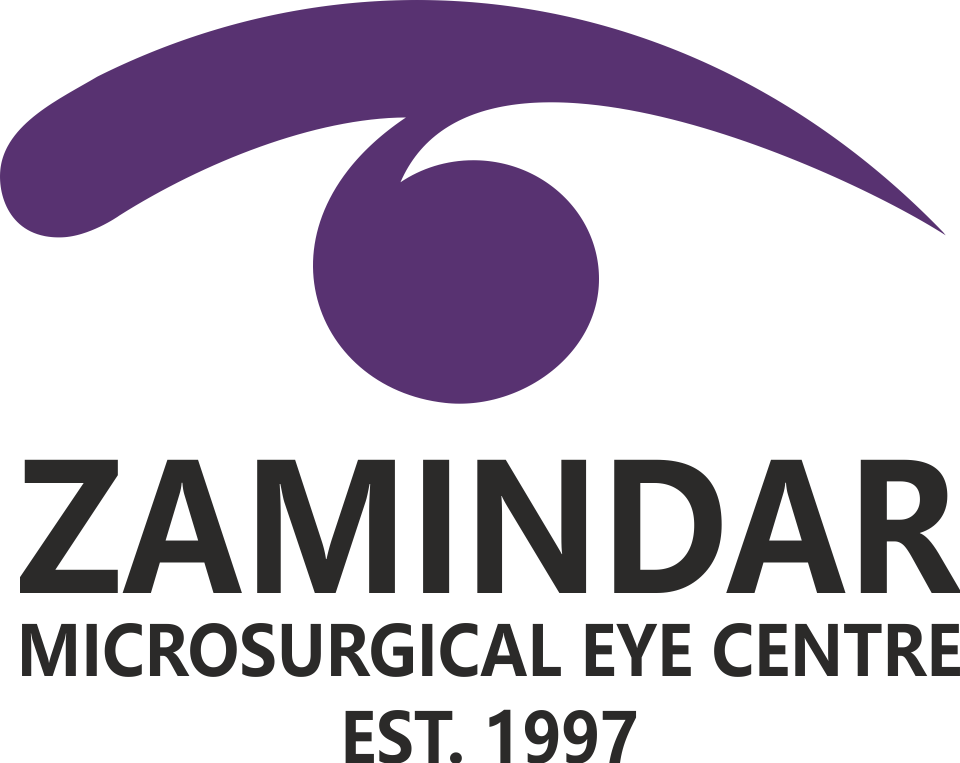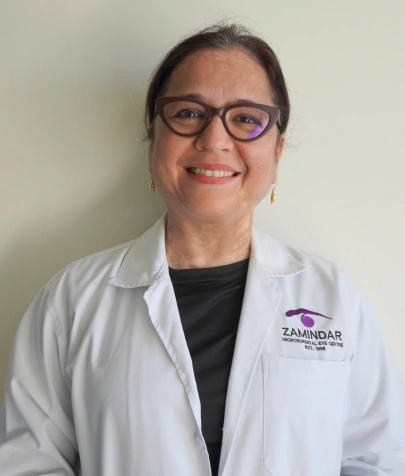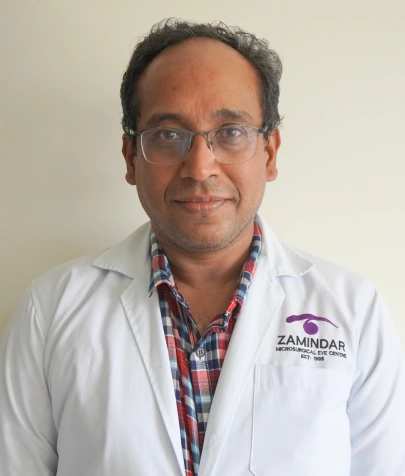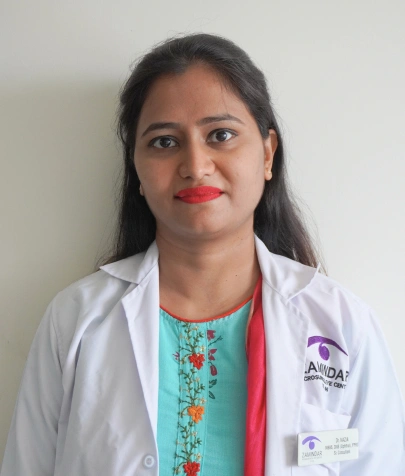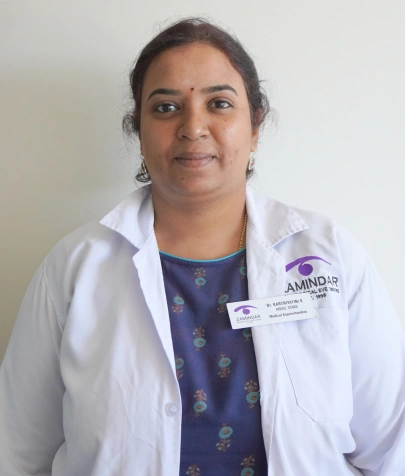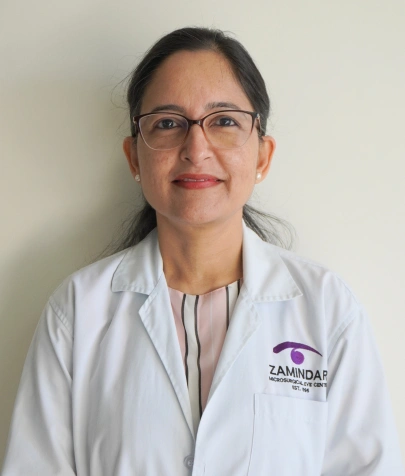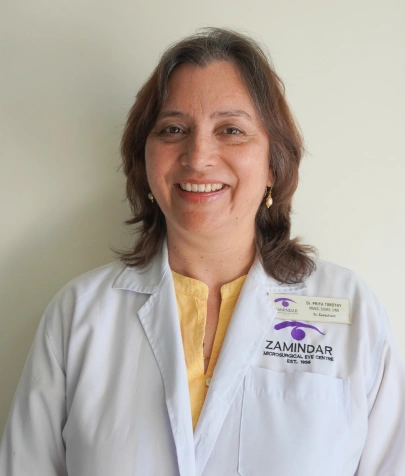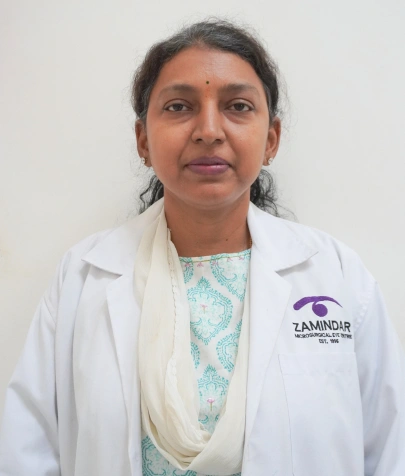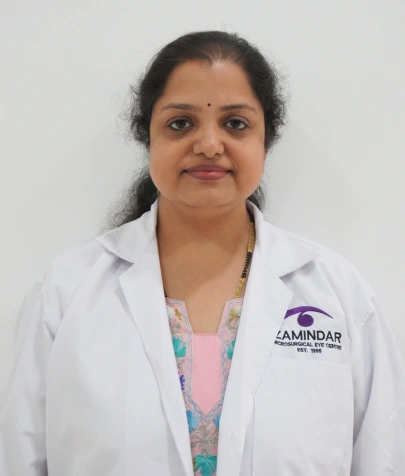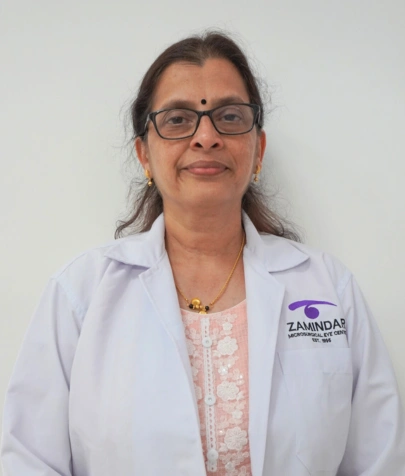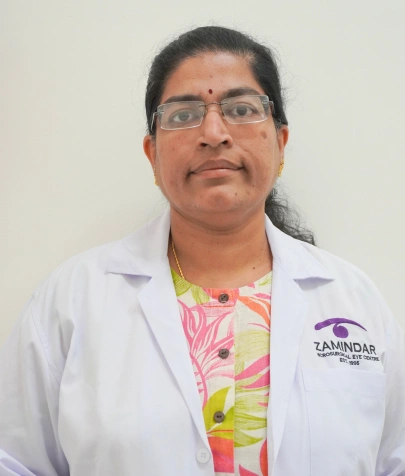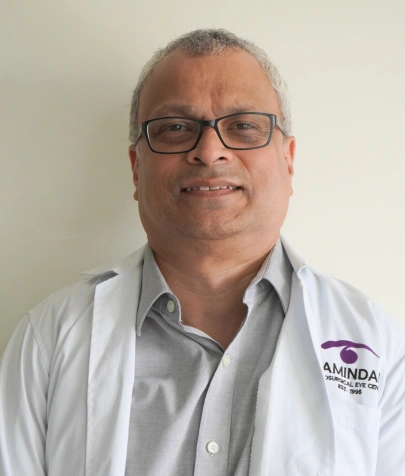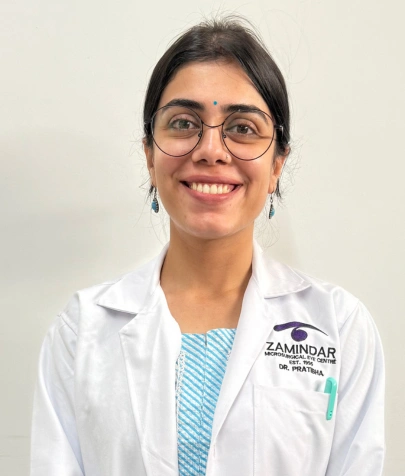Vision Therapy
Enhancing Visual Skills Through Personalized Pediatric Vision Therapy
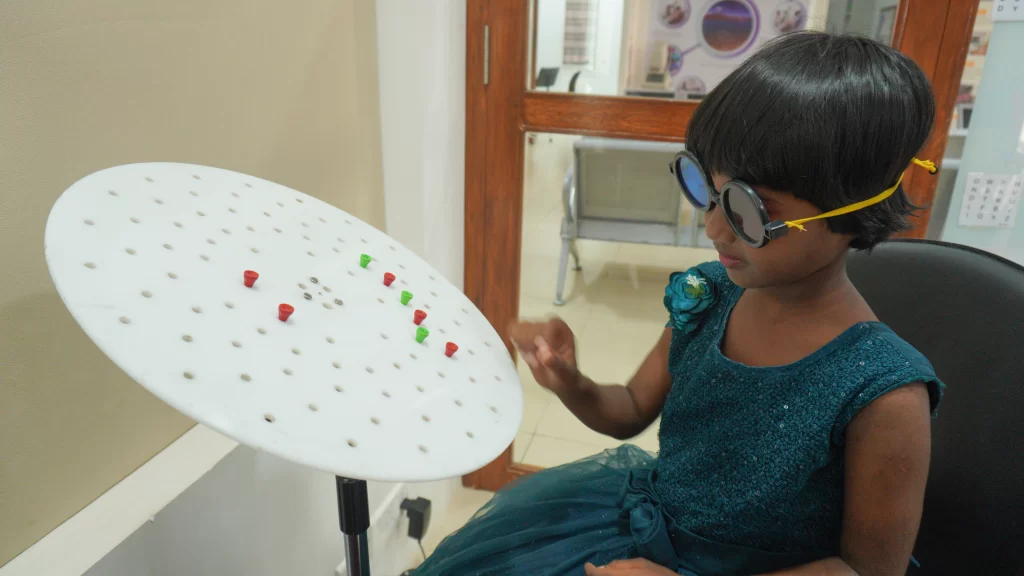
What is Vision Therapy?
Vision Therapy is a personalized, non-surgical treatment program designed to correct visual-motor and perceptual-cognitive deficiencies in children. It helps improve how the eyes and brain work together—enhancing visual skills that are essential for reading, learning, and overall development.
Unlike glasses or contact lenses that correct refractive errors, vision therapy trains the eyes and brain to function more effectively. It’s especially beneficial for children with eye coordination issues, lazy eye (amblyopia), crossed eyes (strabismus), and visual processing disorders.
Led by an experienced pediatric optometrist or ophthalmologist, vision therapy involves a series of eye exercises, games, and specialized tools tailored to your child’s specific visual needs.
Why is Vision Therapy Needed?
Vision therapy is essential for children who may have:
- Learning difficulties due to visual issues
- Reading problems (e.g., skipping lines, losing place)
- Poor hand-eye coordination
- Strabismus (eye misalignment) or amblyopia (lazy eye)
- Eye strain, headaches, or blurred vision
- Attention and focus challenges in school
Early treatment can make a significant impact on your child’s academic performance, behavior, and self-confidence.
What to Expect During a Vision Therapy Program
Vision therapy is a structured, clinic-based program typically conducted once or twice a week, often accompanied by home exercises. Here’s what you can expect:
1. Initial Assessment
A comprehensive eye examination and visual skills assessment are done to diagnose the condition and create a personalized therapy plan.
2. Customized Therapy Sessions
Using specialized tools like lenses, prisms, filters, balance boards, and computer-based programs, your child will perform guided eye exercises with a trained therapist.
3. Ongoing Monitoring & Adjustments
Progress is regularly reviewed, and therapy is adjusted based on your child’s development and response to treatment.
4. Home Practice
Your child may be given simple vision activities to continue at home, reinforcing the therapy goals.
Benefits of Vision Therapy for Children
- Improves reading, writing, and learning
- Enhances concentration and academic performance
- Corrects lazy eye and eye coordination problems
- Reduces eye strain, fatigue, and headaches
- Boosts self-esteem and classroom confidence
- Drug-free, non-invasive, and tailored to the child
If you’re in Bangalore and your child is struggling with vision-related learning or focus issues, we offer one of the best vision therapy programs in India, backed by expert pediatric eye care professionals and child-friendly treatment methods.
Book a consultation today and give your child the visual edge they deserve!
FAQs - Frequently Asked Questions
Is myopia progression dangerous?
Yes, unchecked myopia can increase the risk of serious eye problems in adulthood, such as retinal detachment and glaucoma.
At what age should myopia control start?
The earlier, the better. Ideally, around ages 3–12, when myopia tends to progress the fastest.
Is low-dose atropine safe for kids?
Yes, it’s clinically safe, widely used worldwide, and has minimal side effects.
Can my child stop wearing glasses completely?
Some options like Ortho-K lenses may allow children to be glasses-free during the day, but complete elimination depends on the method chosen.
How long does treatment last?
Myopia control is typically continued until the child’s eye growth stabilizes—often around age 17–18.
Ready to See Clearly ?
Take the first step towards better vision. Book your consultation today and
discover how we can help improve your quality of life.
